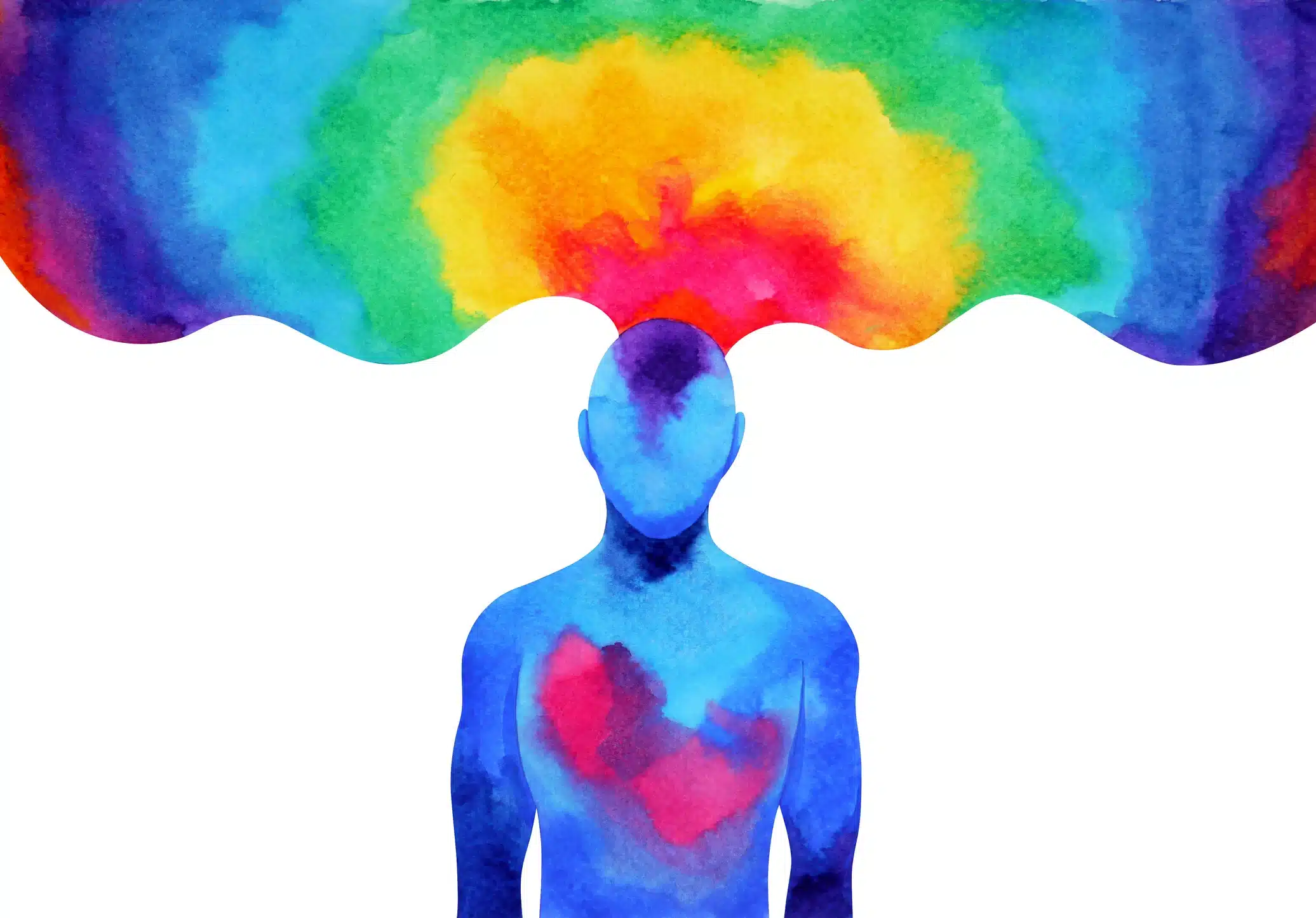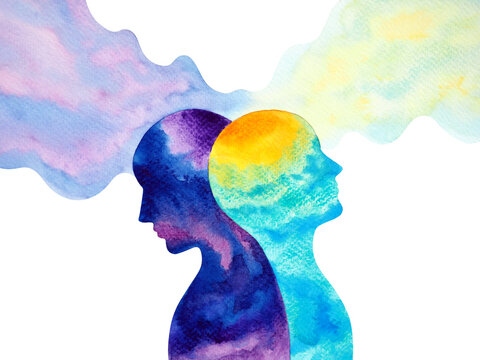The Psychology of Color: How Colors Affect Our Emotions and Behavior
Hey there, fellow colour enthusiasts! Have you ever stopped to ponder how the colours around us influence our emotions and behaviour? From the vibrant red of a sunset to the calming blue of the ocean, colours have a profound impact on our psyche that goes beyond mere aesthetics. Welcome to the fascinating world of the psychology of colour, where hues can speak volumes about our innermost feelings and motivations.
Defining the Psychology of Color:
Let's start with the basics. What exactly is the psychology of colour? At its core, it's the study of how different colours affect human behaviour and perception. It delves into the subconscious associations we make with certain colours and how these associations shape our thoughts, feelings, and actions.
Key Aspects of Color Psychology:
Now that we've established what colour psychology is, let's dive into some key aspects:
1. Cultural Influences:
Colours carry different meanings and symbolism across cultures. For example, while white is associated with purity and weddings in Western cultures, it symbolizes mourning in many Eastern cultures.
2. Individual Differences:
Personal experiences, upbringing, and even gender can influence how we perceive and respond to colours. What may evoke happiness in one person might elicit sadness or anxiety in another.
3. Emotional Responses:
Colours have the power to evoke strong emotional responses. Think about how you feel when surrounded by warm, vibrant hues like red and orange versus cool, calming tones like blue and green.
4. Behavioral Effects:
Colours can also influence our behaviour in subtle ways. For instance, studies have shown that restaurant owners often use warm colours like red and yellow to stimulate appetite and encourage patrons to eat more.
Relevance of Color Psychology:
You might be wondering, why does colour psychology matter? Well, understanding how colours affect our emotions and behaviour can have far-reaching implications in various fields:
1. Marketing and Branding:
Businesses leverage colour psychology to evoke specific emotions and perceptions in consumers. For example, fast-food chains often use red and yellow to create a sense of urgency and excitement.
2. Design and Architecture:
Interior designers and architects use colour to create moods and enhance the functionality of spaces. Hospitals may opt for soothing colours like blue and green to promote healing and relaxation.
3. Education and Learning:
Teachers incorporate colour into their classrooms to stimulate creativity, enhance concentration, and improve memory retention among students.
4. Healthcare and Well-being:
Hospitals and healthcare facilities use colour to create environments that promote comfort and healing for patients.
Insights and Examples:
Let's delve deeper into some intriguing insights and examples:
1. The Power of Red:
Red is often associated with passion, excitement, and energy. It's no wonder that it's a popular choice for brands like Coca-Cola and Ferrari, which aim to evoke feelings of excitement and desire in consumers.
2. The Calming Effect of Blue:
Blue is known for its calming and soothing properties. It's frequently used in healthcare settings to create a sense of serenity and trust. Just think about the tranquil blue walls of a dentist's office or the peaceful ambience of a spa.
3. The Gender Divide:
Studies have shown that men and women often have different preferences when it comes to colour. While women tend to gravitate towards softer, pastel hues, men are more drawn to bold, saturated colours.
Conclusion:
So there you have it, folks! The psychology of colour is a fascinating field that offers valuable insights into the complex interplay between colours, emotions, and behaviour. Whether you're a marketer looking to connect with consumers on a deeper level or simply someone who appreciates the beauty of the world around us, understanding how colours influence our lives can enrich your experiences in countless ways. So the next time you find yourself surrounded by a sea of colors, take a moment to reflect on the emotions they evoke and the stories they tell. Who knows, you might just uncover a whole new world of meaning hidden within the spectrum of colours around you.








Comments
Post a Comment